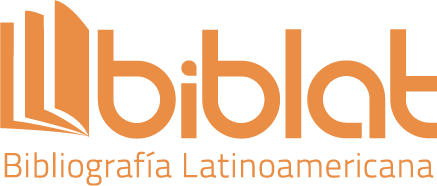Submissions
Submission Preparation Checklist
As part of the submission process, authors are required to check off their submission's compliance with all of the following items, and submissions may be returned to authors that do not adhere to these guidelines.- The submission has not been previously published, nor is it before another journal for consideration (or an explanation has been provided in Comments to the Editor).
- The submission file is in Microsoft Word, or RTF document file format and requirements, and anonymized
- Bibliographic references comply with APA 7th ed. standard.
- The text adheres to the stylistic and bibliographic requirements outlined in the Author Guidelines.
- All requested data on the authors have been entered.
- Graphs (in XLSX document), images (only in JPG or PNG format with a resolution of no less than 300 dpi) and figures (in PPTX or DOCX document) should be submitted in separate files.
- Informed consent was obtained from all those who participated as study subjects.
Copyright Notice
Authors retain copyright and grant the Revista Realidad Educativa the right of first publication with the work simultaneously licensed under an open license (CC) Attribution/NonCommercial-NoDerivatives 4.0 International license. This means that immediate free access to the work is permitted, and it authorizes any user to read, download, copy, distribute, print, search, or link to the full texts of the articles, crawl them for indexing, pass them as data to software programs, or use them for any other lawful purpose.
Privacy Statement
The names and email addresses entered in this journal site will be used exclusively for the stated purposes of this journal and will not be made available for any other purpose or to any other party.












